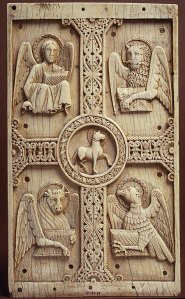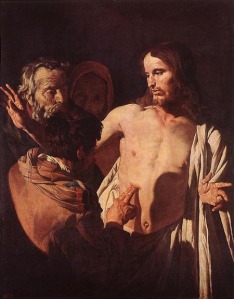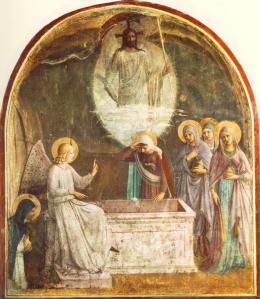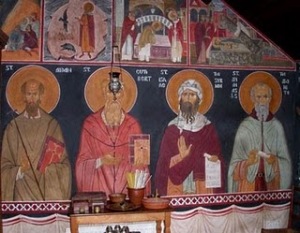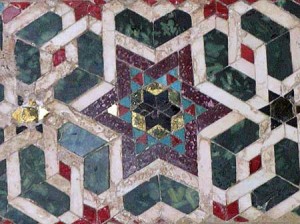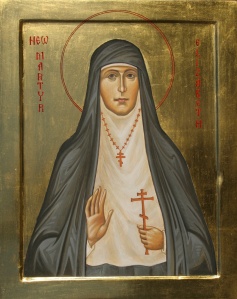 I wrote a piece a while ago about the creation of an icon of a contemporary saint. I learnt about this from directly from my teacher Aidan Hart. I can remember once when I was visiting him he had created just such and icon – of New Martyr Elizabeth: a member of the Russian royal family who was murdered by the Bolsheviks. I thought I would ask Aidan to describe how he created this icon. What follows is his reply. Note how he is very clear that he is not aiming for a photographic-like likeness, but rather an image that infuses her physical characteristics with those elements of the iconographic form that will reveal more fully the true person.
I wrote a piece a while ago about the creation of an icon of a contemporary saint. I learnt about this from directly from my teacher Aidan Hart. I can remember once when I was visiting him he had created just such and icon – of New Martyr Elizabeth: a member of the Russian royal family who was murdered by the Bolsheviks. I thought I would ask Aidan to describe how he created this icon. What follows is his reply. Note how he is very clear that he is not aiming for a photographic-like likeness, but rather an image that infuses her physical characteristics with those elements of the iconographic form that will reveal more fully the true person.
Aidan wrote as follows: Read the rest of this entry »
